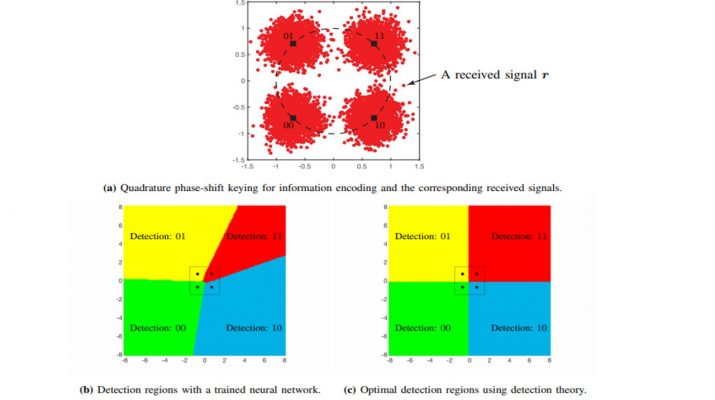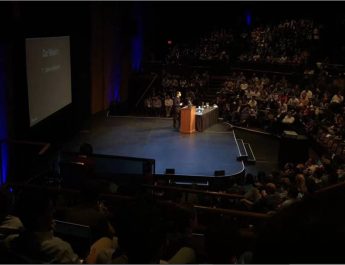Emil Björnson explains the basics of supervised deep learning and two useful applications of it in the physical layer of communication systems.
Deep learning has proved itself to be a powerful tool to develop data-driven signal processing algorithms for challenging engineering problems. By learning the key features and characteristics of the input signals, instead of requiring a human to first identify and model them, learned algorithms can beat many manmade algorithms. In particular, deep neural networks are capable of learning the complicated features in nature-made signals, such as photos and audio recordings, and use them for classification and decision
making.
The situation is rather different in communication systems, where the information signals are manmade, the propagation channels are relatively easy to model, and we know how to operate close to the Shannon capacity limits. Does this mean that there is no role for deep learning in the development of future communication systems?
The answer to the question above is “no” but for the aforementioned reasons, we need to be careful not to reinvent the wheel. We must identify the right problems to tackle with deep learning and, even then, not start from a blank sheet of paper. There are many signal processing problems in the physical layer of communication systems that we already know how to solve optimally, for example, using well-established estimation, detection, and optimization theory. Nonetheless, there are also important practical problems where we lack acceptable solutions, for example, due to a lack of appropriate models or algorithms.





